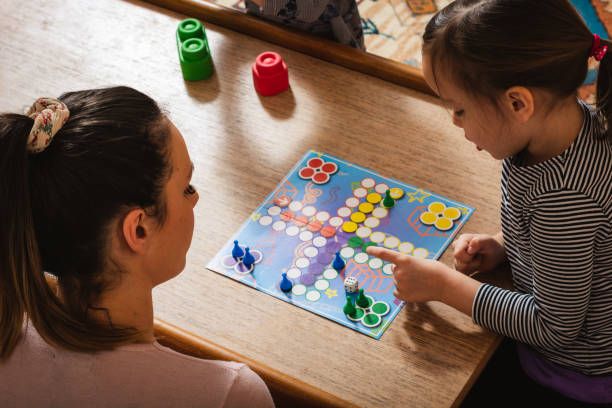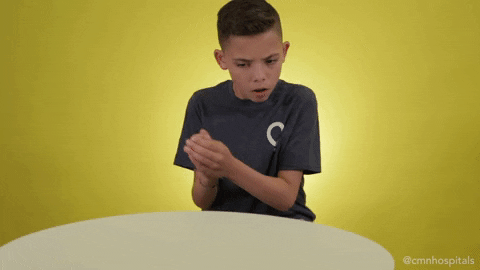
This logo isn't an ad or affiliate link. It's an organization that shares in our mission, and empowered the authors to share their insights in Byte form.
Rumie vets Bytes for compliance with our
Standards.
The organization is responsible for the completeness and reliability of the content.
Learn more
about how Rumie works with partners.
Does the idea of letting kindergartners play math addition games independently make you want to leave teaching forever?

But it's possible, and the benefits are tremendous! Students will be motivated and gain practice with:
number identification
counting
subitizing (being able to tell the amount without counting — just looking)
math facts
Create and manage math addition games for your kindergarten class in 3 easy steps!
Step 1: Management and Expectations
Ask yourself:
What level of structure do I need as a teacher?
What does this group of kindergarteners need?
Do we need a highly structured environment...

...or can we loosen things up?

Once you decide what level of structure you and your students need, you can start planning how to structure the math block, so your students are getting the most out of the games.
Note: students should be able to identify numbers, count objects, and count orally before beginning addition games.
Step 2: Set it all up!
 Build their stamina
Build their staminaThe attention span of kindergarteners isn't long (about 10 minutes). But with engaging games, you can get a little more out of them. Start short and small and allow them to play a few minutes longer each week.
Introduce a new game whole group and then have all the students play the game (this means you will need enough materials for one game per 2-3 students).
Choose the games carefully
While every once in a while you can have a game with competition, pick games in which the students are working together to beat the game. This will help keep down arguments.
Choose games that practice addition skills even as students get better at the game.
Choose games that utilize materials you already have: manipulatives, dice, etc. Keep it budget-friendly!
Rotations/Centers
Once you've introduced the first game and students are fairly proficient at it, introduce other whole group games.
Eventually, you'll have introduced enough games that you have groups of 4-6 students all playing different addition games. Then, they can rotate from one center to the next and you can reset the clock on their attention spans!
Step 3: It's Game Time!

Here are links to 4 kindergarten level addition games to get you started. These are all printable, adaptable, and teacher budget-friendly.
Did you know?
Tips and Tricks

When introducing addition concepts, stick to manipulatives (or concrete objects) for kindergarten students! Number sentences are too abstract at this age.
Using games similar to the ones above will build students' foundational skills with addition.
Like it quiet? Use foam dice. They also don’t travel as far or hurt as much when someone chucks it across the room in frustration.
Quiz
Pick the class that is ready for some addition games.
Students who work well together with few fights are the best prepared for playing collaborative math games. Students must know how to count one set of objects and identify numbers before moving on to addition.
Take Action
This Byte has been authored by
Katie Toellner
Instructional Designer
